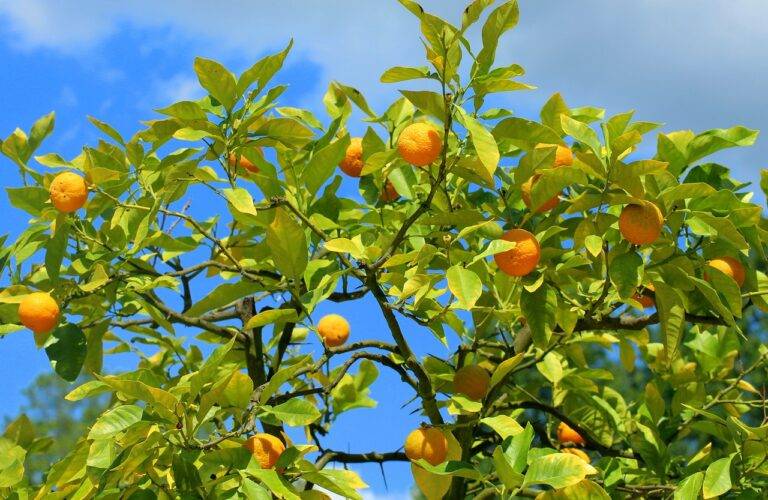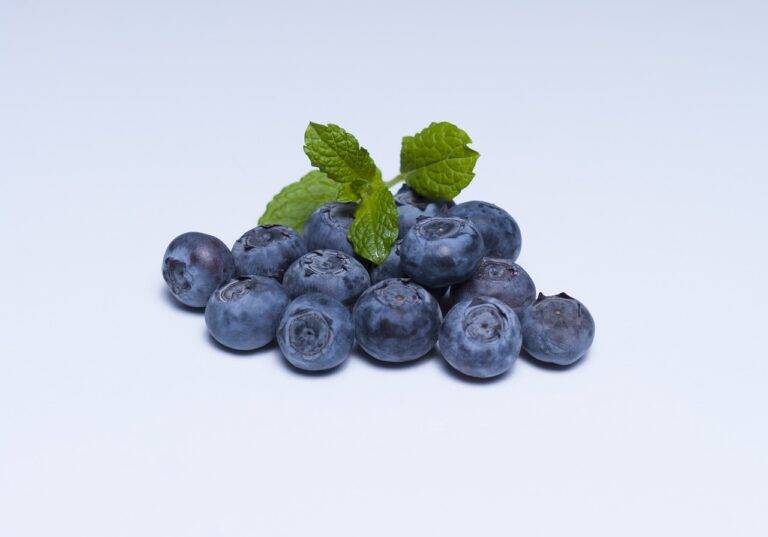The Future of Food Packaging: Sustainable Innovations for Environmental Conservation
In today’s fast-paced food industry, the challenges in food packaging are more complex than ever before. One of the significant issues faced is the demand for sustainable and eco-friendly packaging solutions. Consumers are becoming more environmentally conscious and are actively seeking products with minimal impact on the environment. This shift in consumer preferences puts pressure on food manufacturers to find innovative ways to package their products while reducing waste and plastic usage.
Another key challenge in food packaging is ensuring the safety and quality of products throughout the distribution chain. With the rise of online shopping and increased globalization, ensuring that food products reach consumers in optimal condition is crucial. Factors such as temperature control, moisture resistance, and protective barriers against contaminants pose challenges for packaging designers and manufacturers. Finding the balance between protecting the product and using materials that are safe and sustainable remains a central dilemma in the food packaging industry.
Traditional Packaging Materials and their Environmental Impact
When it comes to traditional packaging materials, the environmental impact should not be underestimated. Materials like plastic, styrofoam, and aluminum have become staples in the packaging industry due to their affordability and convenience. However, these materials pose significant challenges in terms of sustainability and environmental degradation.
Plastic packaging, in particular, is a major concern as it is non-biodegradable and can take hundreds to thousands of years to break down. This leads to a build-up of plastic waste in landfills and oceans, causing harm to wildlife and ecosystems. Styrofoam is another common packaging material that is lightweight and insulating but notoriously difficult to recycle, contributing to pollution and litter. Additionally, the production of aluminum packaging requires large amounts of energy and resources, leading to carbon emissions and depletion of natural reserves.
What are some common traditional packaging materials?
Some common traditional packaging materials include plastics, aluminum, glass, and paper.
How do traditional packaging materials impact the environment?
Traditional packaging materials can have negative environmental impacts due to their production processes, disposal methods, and potential for pollution.
Are there any alternatives to traditional packaging materials?
Yes, there are sustainable packaging alternatives such as biodegradable materials, recyclable materials, and compostable options.
What are some ways to reduce the environmental impact of packaging materials?
Some ways to reduce the environmental impact of packaging materials include using less packaging, opting for eco-friendly materials, and promoting recycling and composting.
How can consumers make more sustainable packaging choices?
Consumers can make more sustainable packaging choices by opting for products with minimal packaging, choosing reusable or recyclable options, and supporting companies with eco-friendly packaging practices.
What role do regulations play in addressing the environmental impact of packaging materials?
Regulations can play a significant role in addressing the environmental impact of packaging materials by setting standards for eco-friendly packaging, promoting recycling programs, and incentivizing sustainable practices.





